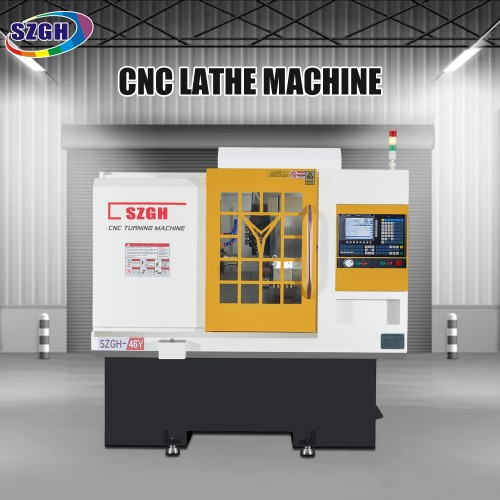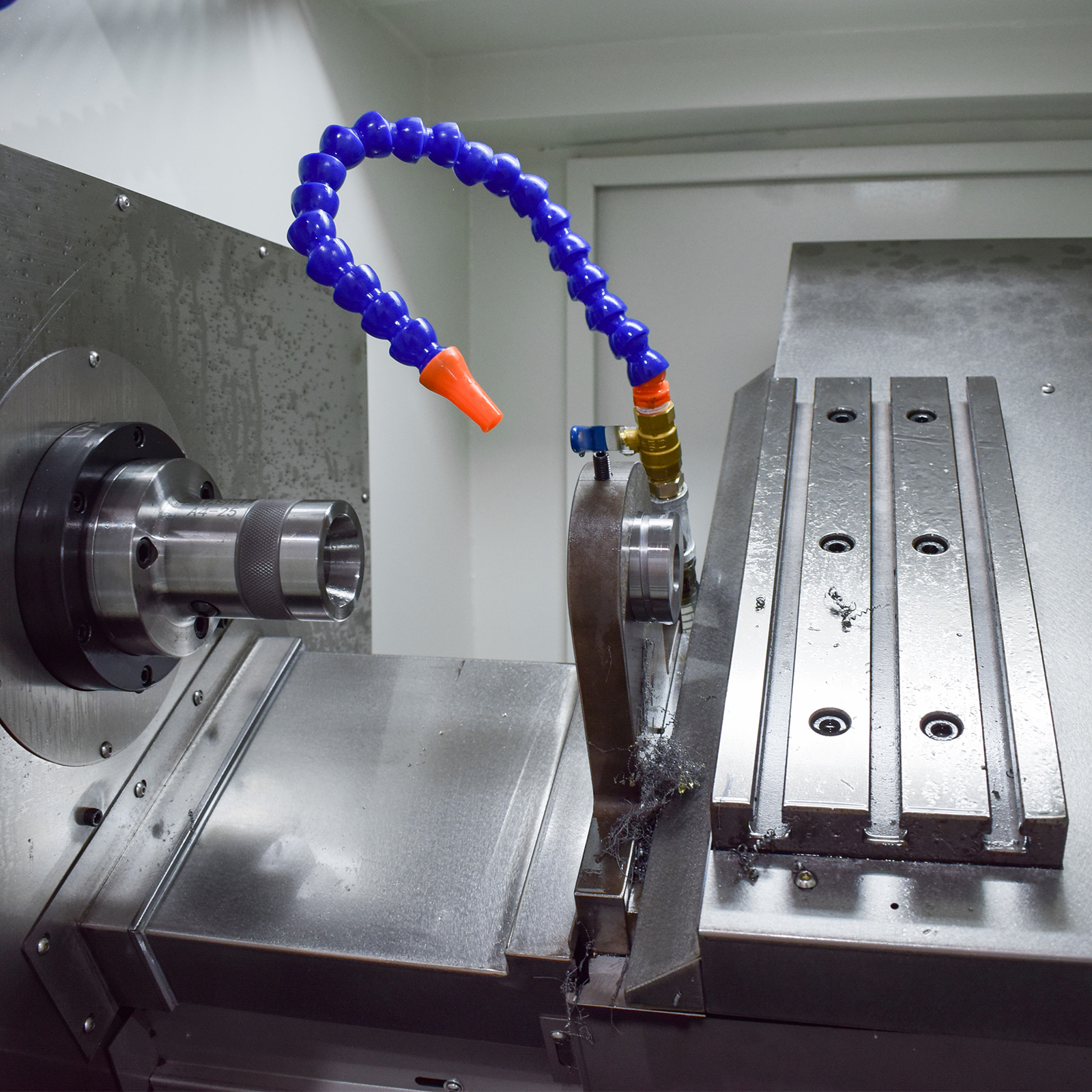Basics of CNC machine tool operation: 7 steps to get started
June 11, 2025
Basic knowledge of CNC machine tools
Composition of CNC machine tools
In short, CNC machine tools are composed of two core parts. The first is the main body of the CNC machine tool, which includes key components such as the machine body, column, and spindle for clamping the tool. The other indispensable part is the CNC system, which is like the "brain" of the machine tool and is responsible for directing and controlling the movement trajectory of the machine tool.

The operation mechanism of CNC machine tools
The operation of CNC machine tools mainly depends on the code instructions in the pre-written program. These instructions, carefully arranged by letters and numbers, are like the action guide of the machine tool, guiding every action of the machine tool.
The meaning of common code instructions
When understanding the operating mechanism of CNC machine tools, it is crucial to be familiar with the meaning of common code instructions. These instructions starting with G, M, T, S, etc., such as G01 for linear interpolation, M06 for tool change, T06 for tool designation, etc., together form a guide for machine tool actions. Once you have mastered the meaning of these instructions, the operation of CNC machine tools will become more intuitive and easy to understand.
System and operation
In-depth understanding of CNC system
The system in CNC machine tools is similar to the Android or Apple system on mobile phones, providing support for various operations of machine tools. At present, the commonly used CNC systems on the market include Mitsubishi system, Fanuc system, Siemens system and Shindai system, etc., and the operation methods of these systems are different. In order to give full play to the performance of CNC machine tools, we must understand the system equipped with the machine tools we use and master the basic operations of the system, such as creating new programs, program editing, code writing and program execution.
Workpiece clamping technology
In the operation of CNC machine tools, it is crucial to clamp the workpiece correctly. Commonly used clamping tools include chucks, T-type workbenches, magnetic tables and vises, etc. They each have unique usage methods and applicable scenarios. In order to ensure the accuracy and efficiency of processing, we must be familiar with the use of these clamping tools and choose the appropriate clamping method according to specific processing requirements.
Tool type and selection
In the operation of CNC machine tools, the choice of tools has a direct impact on processing quality and efficiency. We need to understand and be familiar with the characteristics and applicable range of various tools, such as twist drills, U drills, deep hole drills, reamer drills, reamers, boring cutters and milling cutters, so as to make wise choices according to specific processing needs.

Elements of machining technology
In the process of CNC machine tool machining, it is crucial to understand and master the machining technology of different materials. This involves selecting the right tool, determining the appropriate speed, cutting amount, feed rate and other key parameters to ensure the dual improvement of machining efficiency and quality. In addition, correctly measuring the tool length and workpiece position is also an indispensable skill. At the same time, learning CNC technology requires patience and perseverance, because mastering this technology is not a matter of one day or one night. Only by maintaining a continuous learning attitude can you gradually master CNC programming and improve your technical level.


